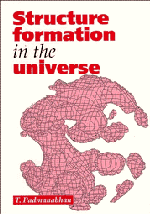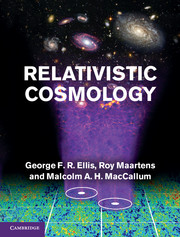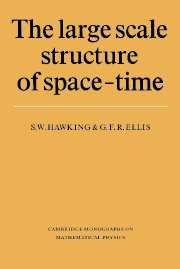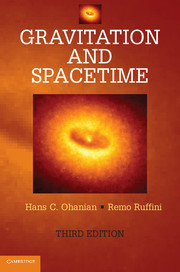Structures in the Universe by Exact Methods
As the structures in our Universe are mapped out on ever larger scales, and with increasing detail, the use of inhomogeneous models is becoming an essential tool for analyzing and understanding them. This book reviews a number of important developments in the application of inhomogeneous solutions of Einstein's field equations to cosmology. It shows how inhomogeneous models can be employed to study the evolution of structures such as galaxy clusters and galaxies with central black holes, and to account for cosmological observations like supernovae dimming, the cosmic microwave background, baryon acoustic oscillations or the dependence of the Hubble parameter on redshift within classical general relativity. Whatever `dark matter' and `dark energy' turn out to be, inhomogeneities exist on many scales and need to be investigated with all appropriate methods. This book is of great value to all astrophysicists and researchers working in cosmology, from graduate students to academic researchers.
- Presents inhomogeneous cosmological models, allowing readers to familiarise themselves with basic properties of these models
- Shows how inhomogeneous models can be used to analyse cosmological observations such as supernovae, cosmic microwave background, and baryon acoustic oscillations
- Reviews important developments in the application of inhomogeneous solutions of Einstein's field equations to cosmology
Reviews & endorsements
' … it is … a necessary book, written from a general relativity point of view to study cosmological models … the book is aimed at graduate students and researchers in the fields of cosmology and relativistic astrophysics.' General Relativity and Gravitation Journal
Product details
December 2009Adobe eBook Reader
9780511654411
0 pages
0kg
20 b/w illus.
This ISBN is for an eBook version which is distributed on our behalf by a third party.
Table of Contents
- 1. The purpose of this book
- Part I. Theoretical Background:
- 2. Exact solutions of Einstein's equations that are used in cosmology
- 3. Light propagation
- Part II. Applications of the Models in Cosmology:
- 4. Structure formation
- 5. The cosmological constant and coincidence problems
- 6. The horizon problem
- 7. CMB temperature fluctuations
- 8. Conclusions
- References
- Index.






